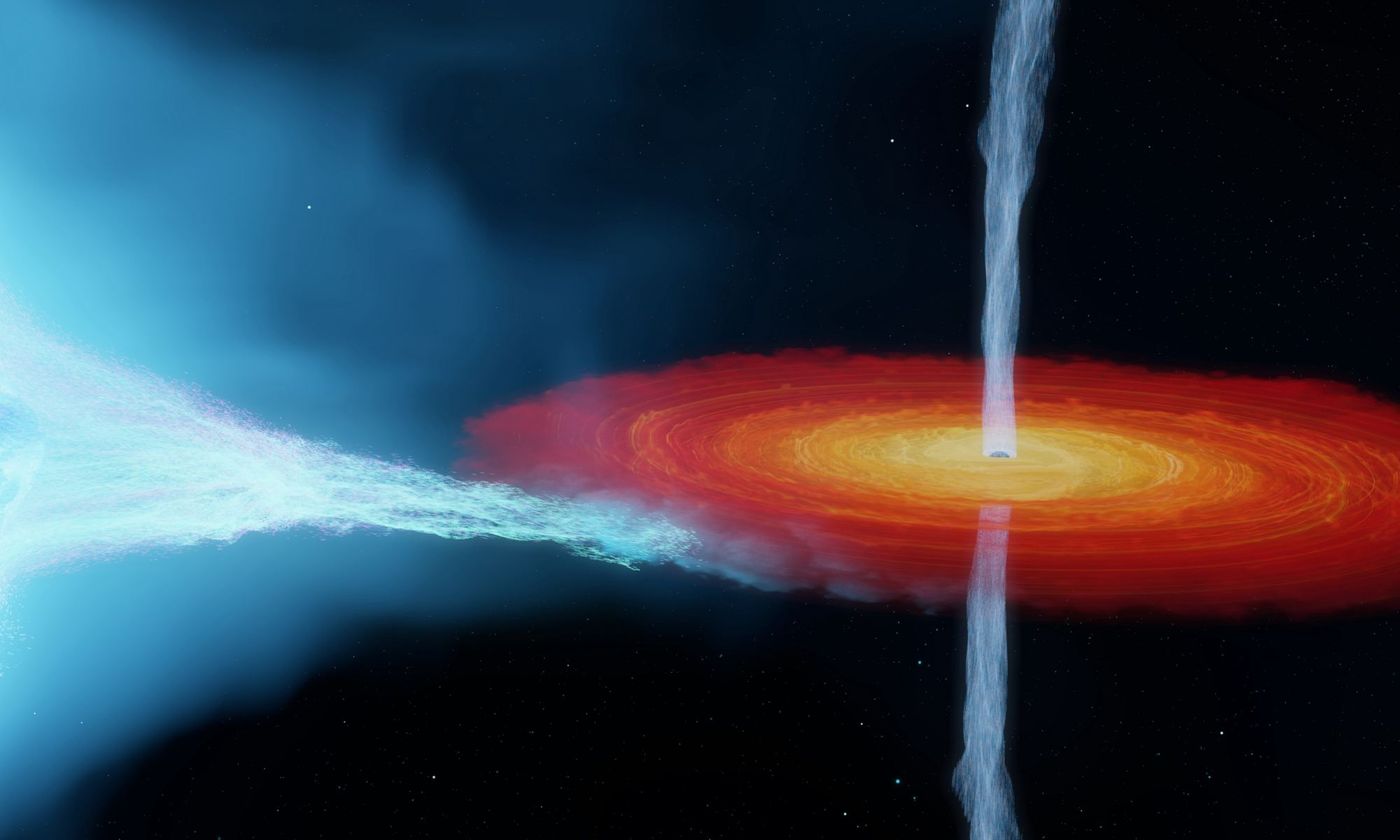Black Hole Plasma Illuminated by X-Rays
In a recent study published in Science, an international team of researchers led by the Washington University in St. Louis used the Imaging X-Ray Polarimetry Explorer (IXPE) mission to observe the plasma discharge from a black hole, Cygnus X-1, which is approximately the size of our Sun. This study holds the potential to allow scientists to gain a better understanding of the material surrounding a black hole.
"Previous X-ray observations of black holes only measured the arrival direction, arrival time and energy of the X-rays from hot plasma spiraling toward the black holes," said Dr. Henric Krawczynski, who is a Wayman Crow Professor of Physics in Arts & Sciences at Washington University in St. Louis, a faculty fellow in the university's McDonnell Center for the Space Sciences, and lead author of the study. "IXPE also measures their linear polarization, which carries information about how the X-rays were emitted -- and if, and where, they scatter off material close to the black hole."
Black holes are known as the most destructive forces in the universe, as nothing can escape its event horizon, not even light. This includes X-ray light, which was used to detect plasma in the 2,000-km region that encompasses the 60-km event horizon.
"These new insights will enable improved X-ray studies of how gravity curves space and time close to black holes," explained Dr. Krawczynski.
The researchers noted that gaining insight into the functions of plasma surrounding a black hole can disclose a great deal about a black hole’s inner workings and how they can take in so much mass, and the researchers give thanks to IXPE.
"The IXPE mission uses X-ray mirrors fabricated at NASA's Marshall Space Flight Center and focal plane instrumentation provided by a collaboration of ASI, the National Institute for Astrophysics (INAF) and the National Institute for Nuclear Physics," said Dr. Fabio Muleri, who is a Project Scientists at INAF/IAPS, and a co-author on the study. "Beyond Cygnus X-1, IXPE is being used to study a wide range of extreme X-ray sources, including mass accreting neutron stars, pulsars and pulsar wind nebulae, supernova remnants, our galactic center and active galactic nuclei. We've found a lot of surprises, and we're having a lot of fun."
Sources: Science, Ball Corporation
As always, keep doing science & keep looking up!









